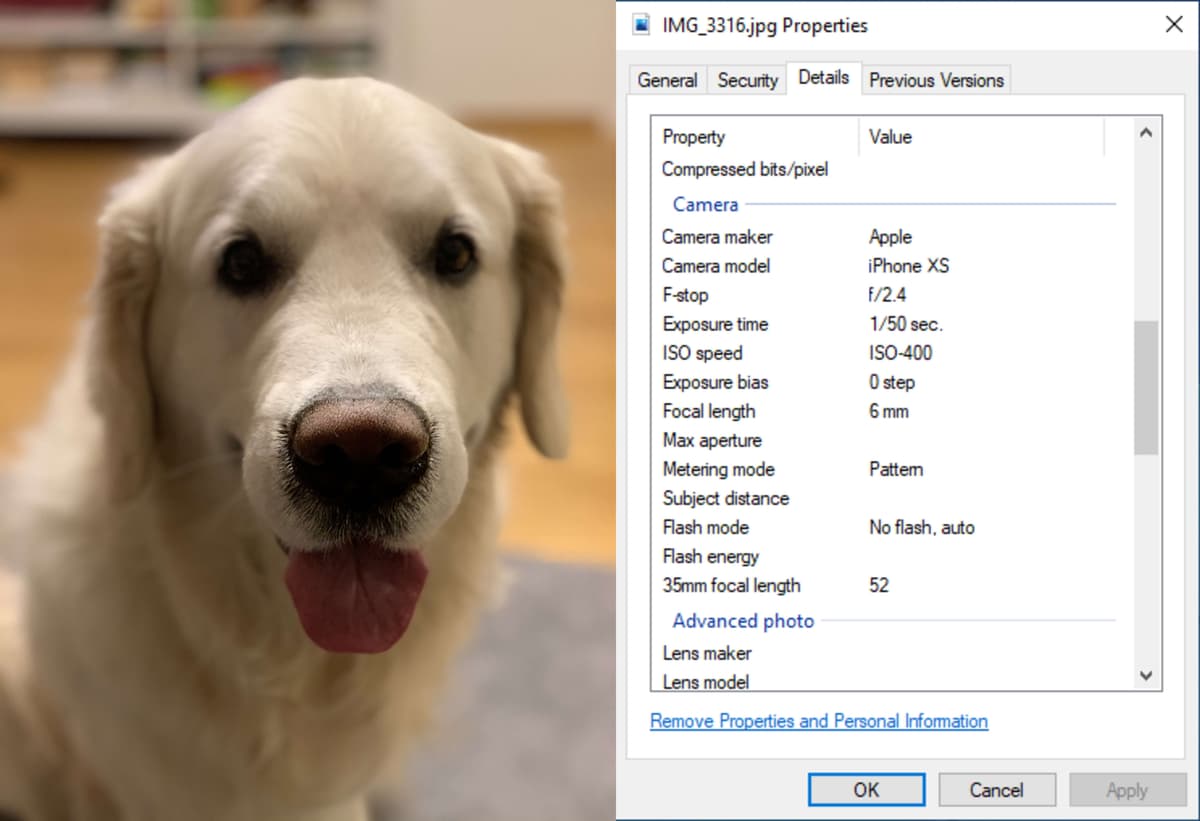The Role of Reverse Image Search in Journalism
Key Takeaways
Reverse image search has revolutionized journalism, enabling journalists to extract more nuanced narratives from images and identify instances of image misuse or misrepresentation. It's an essential tool in the fight against misinformation.
The future of reverse image search looks promising, with advancements in AI and machine learning poised to provide even more sophisticated search capabilities. Journalists can expect to further enhance their visual storytelling efforts through these developments.

Rewriting the Rules of News Gathering
Newsrooms across the globe are continually adopting innovative digital tools to enhance their practices, and reverse image search stands at the forefront of this transformation. This tool, with its ability to cross-examine images across the vast expanse of the internet, has become a cornerstone in digital journalism.
Every picture tells a story, but some tales remain untold without a deeper dig. A simple photograph can unveil a trove of information lying beneath the surface — from EXIF data to related images. Utilizing reverse image search, journalists can decode the hidden narratives of images, adding a new layer of depth to their reporting.
Unmasking Falsehoods: A Tool against Disinformation
In an era of rampant misinformation, the truth can often get lost in the chatter. Identifying fake news has become a necessity rather than a choice. Reverse image search has proven to be an effective shield against disinformation, providing journalists with the means to verify image authenticity and thus, uphold the integrity of their profession.
Journalists can use reverse image search to track an image's origin, identifying instances where it might have been previously used or misused. They can compare sources and discern the context, helping them separate the wheat from the chaff. A case in point is how to use reverse image search to identify fake news, as detailed in this helpful guide by CopySeeker here.
Picture Perfect: The Future of Reverse Image Search
Beyond fact-checking, the future of reverse image search holds potential for growth and diversification. Media outlets can look forward to more sophisticated search capabilities, allowing them to make the most out of their image assets and visual storytelling efforts.
Embracing the future means being ready to adapt to changes and challenges. In the realm of image search, advancements in AI and machine learning are promising an even more nuanced understanding of images. CopySeeker forecasts the future of this exciting tech here, giving journalists a glimpse into what they can expect in the days ahead.
Journalism, at its heart, is about truth-telling. By incorporating reverse image search into their toolkits, journalists can ensure they're painting the most accurate picture for their audiences. It's about evolving with the times while remaining steadfast in our commitment to veracity - a delicate dance that reverse image search makes all the more possible.
Frequently Asked Questions
What is reverse image search?
Reverse image search is a feature provided by search engines that allows users to input an image and retrieve similar or related images from around the web. It can also help in identifying the origin of an image.
How does reverse image search help in journalism?
Reverse image search can assist journalists in extracting additional information from images, including EXIF data and related images. Furthermore, it can be used to verify the authenticity of images and combat misinformation.
What's the future of reverse image search in journalism?
The future holds promise for more sophisticated search capabilities, enabled by advancements in AI and machine learning. These improvements can aid journalists in making the most of their image assets and enhancing their visual storytelling.
Latest Blog Posts

Reverse image search - things you should know
Dive into the intriguing world of reverse image search. This guide illuminates its mechanics, benefits, and myriad applications. Learn how it empowers digital investigation, from validating image origins to discovering visually similar content.

EXIF Data: Understanding, Finding, Using, and Removing It
EXIF is the data from camera settings stored in an image file. This data includes settings like shutter speed, max aperture, ISO, white balance, camera model and make, flash mode, metering mode, focal length, and more.
How to Reverse Image Search on iPhone?
Reverse image search is a valuable tool for finding the original source of an image, verifying its authenticity, or discovering similar images. This article will walk you through the process of performing a reverse image search on your iPhone.
Why Copyseeker still the best reverse image search engine?
As the landscape of reverse image search engines continues to evolve, one platform consistently outshines its competitors – Copyseeker. In 2022, it was recognized as the best, and it has only upped its game since then.